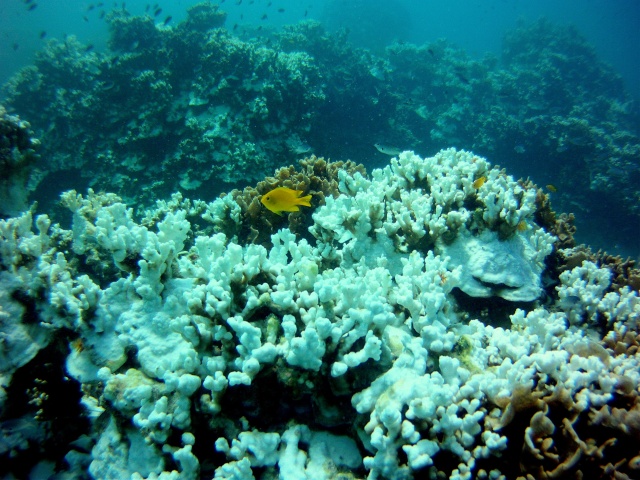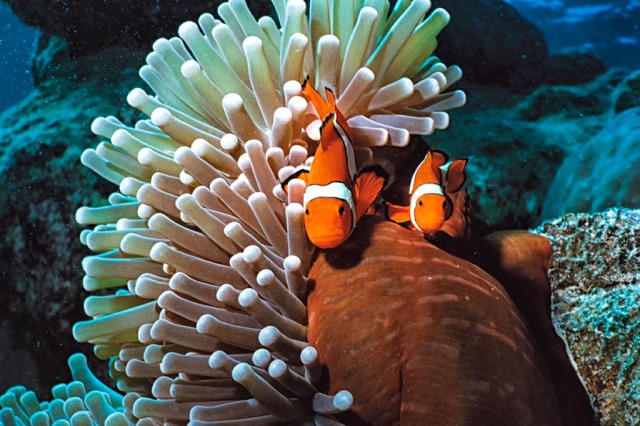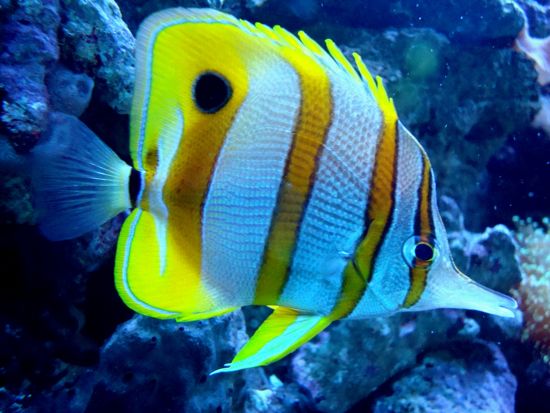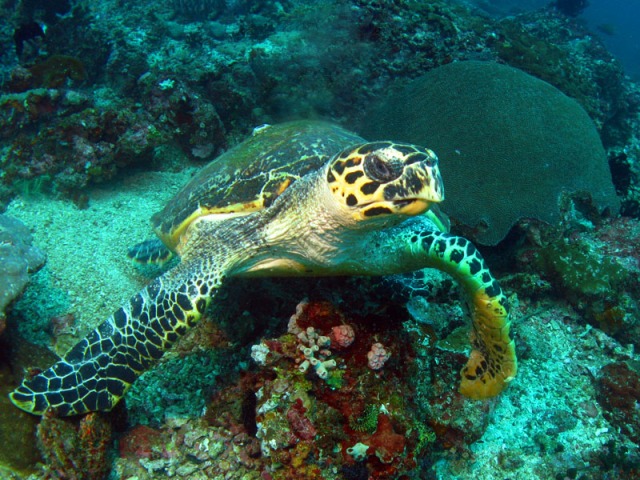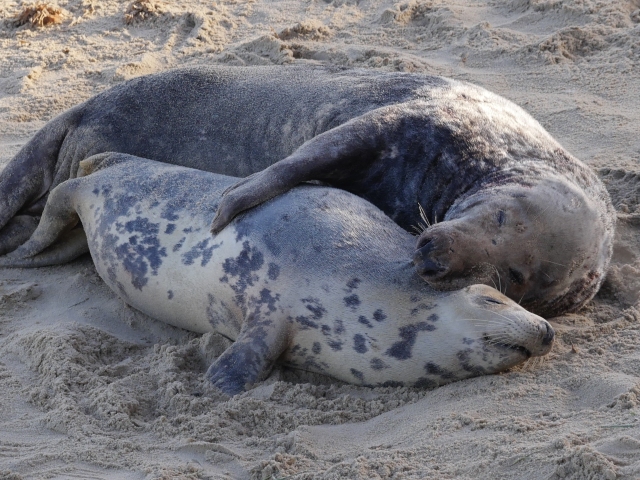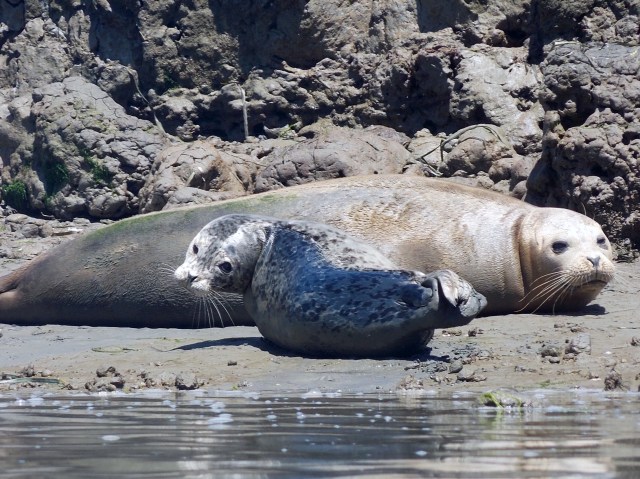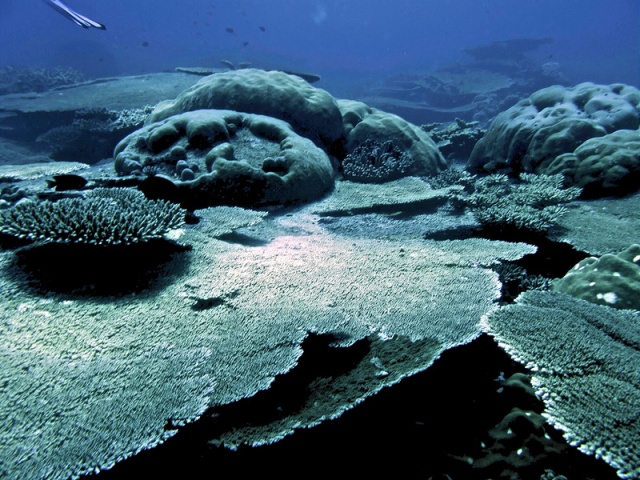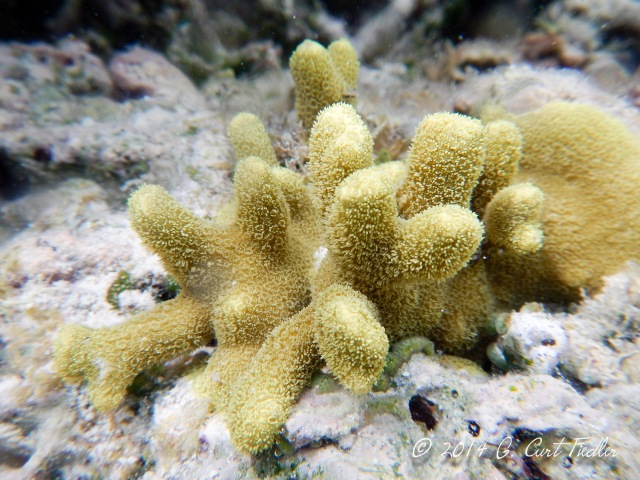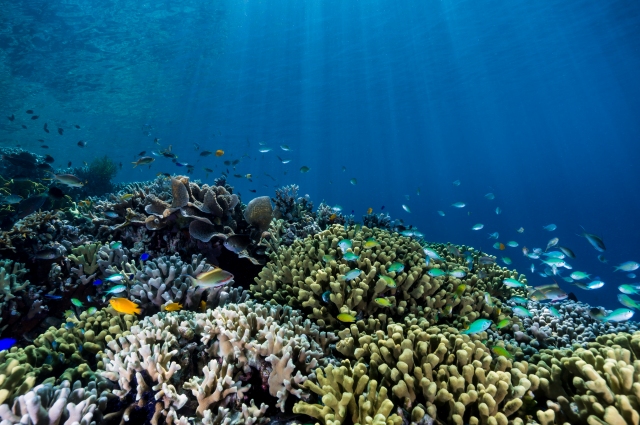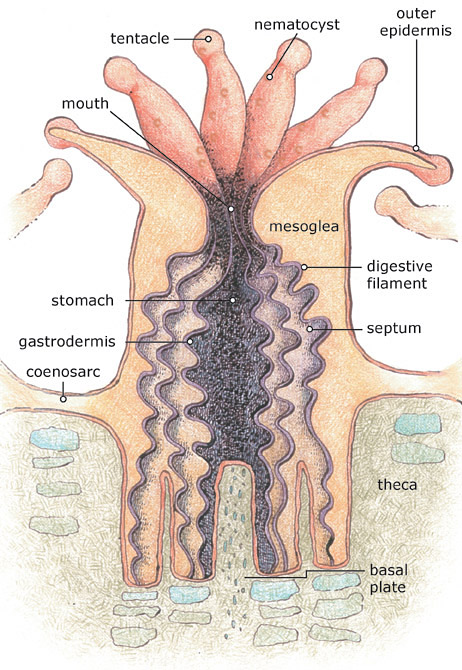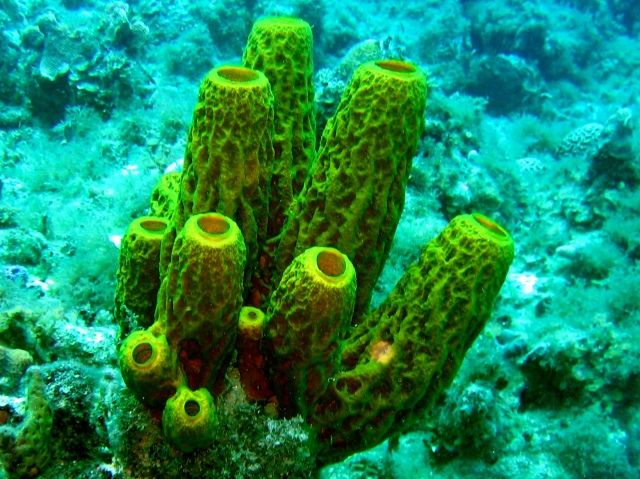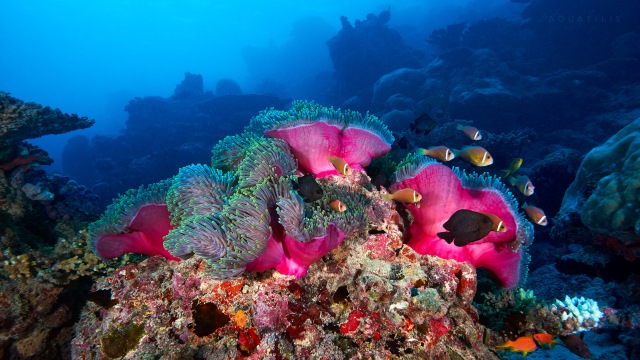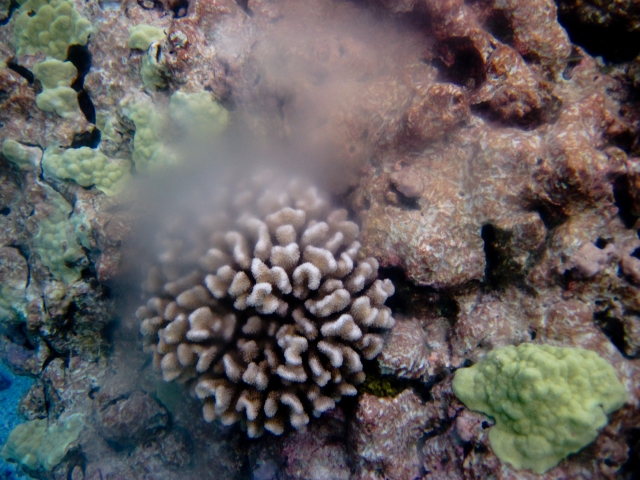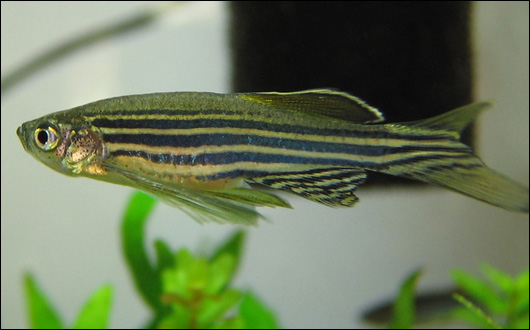Today is day 2 and we have our confined water dives today. We did this in the pool! It was fun putting our scuba kits together, and learning all the information that comes with the skills. Today we learned a lot some of the skills I remember are, taking on and off our mask underwater and then clearing it out, we practiced using our buddies alternate air source, and we ascended making the ahhhh sound, without breathing from the regulator. These were a few of the skills I had a little trouble with, but finally mastered. Swimming with fins on is a new feeling too. It is like you are gliding in the water! These new experiences are so great and I highly appreciate them. I am more hopeful and confident to dive now, than I was yesterday. We did our confined water dive #5 in the ocean!

Day 2: May 10th
location:Coral Garden Reef
Time: 2:30pm
On this dive we dived 20 feet. This was our 5th confined water dive, and it was in the ocean. This was a very new and interesting feeling. Your anxiety is high, especially if this is the first time that you have dived. I felt the nevousness today in the ocean getting ready to dive. When you enter the water everything that has been bothering you vanishes. It is like a sanctuary, so peaceful. Underwater your vision is the best thing you have, all the fish, sea grass, corals, everything is so new, and lovely. The feeling of just breathing under water at 20 feet is incredible. You don’t hear much under water besides your breathing. The biggest issue I had today was my buoyancy, I kept floating, when I should of been “sinking”. The issue was solved by having the instructor add weight to my weight belt, after that I was ready to go. We saw a sea turtle on our dive, this majestic animal was just munching on the turtle grass. This was an amazing animal to see on our first time diving! I saw many fish today eating coral, and I also saw a cleaning goby clean today cleaning a large fish. Cleaning goby’s clean dead skin cells and ectoparasites off of fish! This dive was only about 30 minutes, but I can’t wait to dive tomorrow again too!
After this dive we brought all our gear back to our instructor’s truck. The scuba kit is very heavy when your out of water. After we were all squared away, we got an hour of free time and went to a restaurant on the island called Tiki Hut! I can’t wait to see what tomorrow brings!





